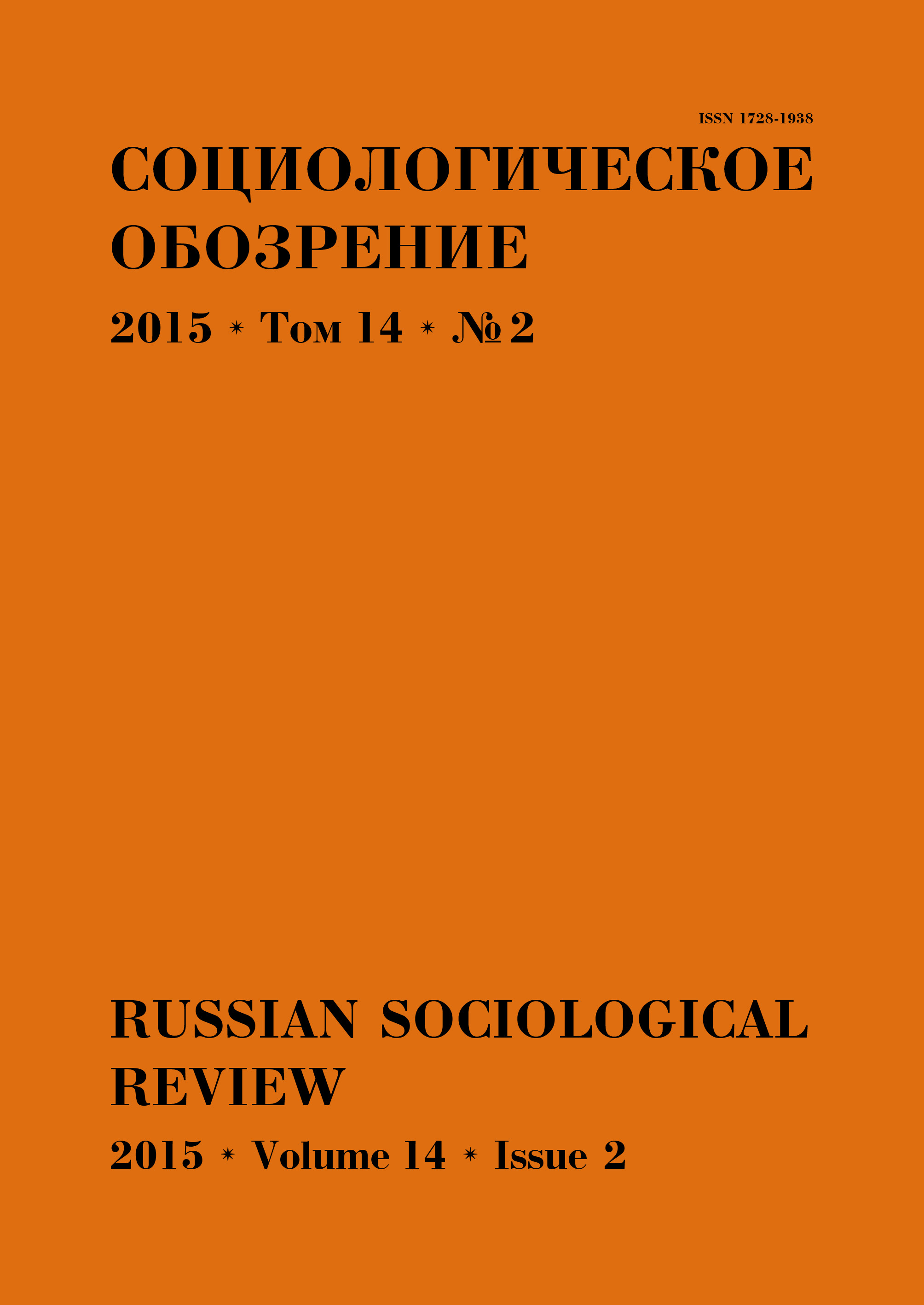Аннотация
В статье исследуется «утопическая рецепция», т. е. возникновение и воспроизводство коллективных представлений об утопическом. Речь прежде всего идет о визуальном опыте, об «утопическом взгляде», под которым понимается особый социальный навык воспринимать и интерпретировать пространство, присваивая ему статус утопии. Так, определенная инерция зрения побуждает связывать визуальные материалы, относящиеся к десятилетиям социализма, с медийным конструктом «советской утопии». При этом особенно распространены две модели описания пространства, которые автор статьи условно определяет как «тоталитарное пространство» и «странное пространство». В статье подробно рассматриваются эти модели «утопического взгляда»: первая предполагает повышенную рационализацию и семиотизацию пространственных представлений, вторая — культивируемый смысловой сбой и аффективность; в первом случае пространство характеризуется при помощи метафоры текста, во втором — при помощи метафор сна или памяти. Опираясь на семиотический и одновременно пространственный анализ классических утопий, предложенный Луи Мареном, автор показывает, что пространство, увиденное «утопическим взглядом», перестает быть социальным: оборотной стороной конструирования идеального общества парадоксальным образом является блокировка любых интерсубъективных отношений.Скачивания
Данные скачивания пока не доступны.
